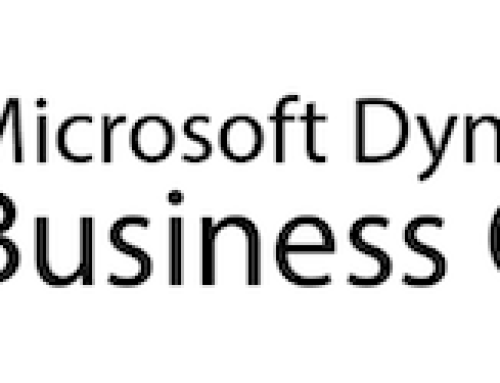Dynamics GP Process Server, available since the early versions of Great Plains Dynamics, has been pretty much ignored by most of us throughout the years. Yet it can do so much to assist in so many situations.
Since most GP users (and honestly, many GP consultants) have never heard of Dynamics Process Server, let’s begin by explaining its purpose. As we have outlined in previous posts, Dynamics GP is a Client-Server application, meaning that processing is done on both the client and in SQL Server database processing. We insist on fast servers and great server performance, yet often overlook the performance of the equally-important workstation component. Many of the posting and printing functions are done at the workstation, and if the workstation is underpowered, has too many other applications open in the background, or even if the user needs to push on to the next task quickly but is blocked by other GP tasks already running on the client, many times these workstation-intense tasks can be sent to a Dynamics Process Server (which we will refer to as DPS going forward).
A DPS ‘server’ is nothing more than a GP client installed on a workstation or server either on a dedicated or an as-needed basis, e.g. a part-time employee’s workstation, or a user who is out for the day. Specific tasks are assigned to these servers through the setup window in GP. The good news? There’s nothing to install since the files are already on every GP client workstation by default.
Where DPS can really make a difference is in boosting both actual and perceived performance. Faster clients can be used to process long-running, processor or RAM-intense tasks, not only making the user’s immediately available for additional tasks but also distributing the workload. As an example of this, consider a GP user who needs to run Accounts Receivable Aging, process statements, and enter Sales Orders. Without DPS, the user would run the aging, wait until completed, process statements, wait until completed, then enter sales orders. Even if these tasks could be run concurrently on the same workstation, RAM, CPU, and disk activity would slow further activity to a crawl, or possibly even crash the application. With DPS in place, the user sets up the processes as usual, but rather than clicking the process button, they have the option to offload the processing to DPS. At that point, they can proceed to the next task with no processing overhead on the workstation.
Download: Dynamics Process Server – List of Available Processes for Dynamics GP 2018.
I will go into more detail on this topic in upcoming posts. Ask us how DPS can help YOUR business. Contact CAL Business Solutions at sales@calszone.com or 860-485-0910 x4.
By Charles Ray, CAL Business Solutions, Connecticut Microsoft Dynamics GP and Acumatica Partner, www.calszone.com












